Dear Zazie, Here is today’s Lovers’ Chronicle from Mac Tag dedicated to his muse. Follow us on twitter @cowboycoleridge. I agree with Mac. First kisses are among my most cherished memories. Do you have any memorable kisses? What happened when she/he kissed you? Rhett
The Lovers’ Chronicle
Dear Muse,
this belongin’,
something new
from where we have been
what was settled
or not, left behind
and the canvas,
under our steady strokes,
revealin’, a greater healin’
feel the emotion
a cleansin’
a deep openin’ goes on
now held in two hands,
where will this life take us
© copyright 2021 mac tag/cowboy coleridge all rights reserved
new from where i have been
you put the brush in my hand
© copyright 2020 mac tag/cowboy coleridge all rights reserved
write what cannot be said
but the inspiration flows
away all that came before
© copyright 2019 mac tag/cowboy coleridge all rights reserved
my favorite moments for sure
“Mine are the anticipation
leading up to those moments.”
funny, i was writin’
about you today
still on my mind
from last night
i expect
you know
you can take
comfort, always
two hands,
yours in mine
and together
we will face it all
© copyright 2018 mac tag/cowboy coleridge all rights reserved
“When I rise, he is already up,
his brush dancing across the canvas
Watching him, chasing first light.
I look on as if seeing for the first time.”
“I sense in him a beginning,
a belonging, something
new from where he has been.”
“What was settled or not,
he has left behind. And the canvas,
under his steady strokes is revealing,
gradually a greater healing.”
“I can feel the brush strokes
a motion bearing down, an accumulation.
His careful strokes, the swirling; a cleansing.”
“I stand near him and he looks at me
A deep opening goes on in him
He puts the brush in my hand
and his hand guides mine.”
“Now held in two hands,
where will this life take us.”
© copyright 2017 mac tag/cowboy Coleridge all rights reserved
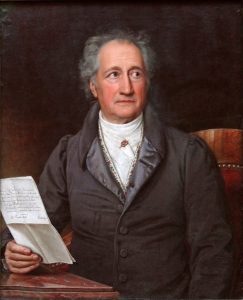 Today is the birthday of the father of German literature, Johann Wolfgang von Goethe, born in Frankfurt (1749), the author of the epic drama Faust. He moved to Italy in 1786, and when he returned to Germany in 1788, he fell in love with a woman from Weimar, Christiane Vulpius, a 23-year-old who was 16 years his junior. That year, he wrote her an epithalamium, a specific type of poem written for a bride on the way to the marital chamber. But he did not actually marry her; instead, the couple lived together for 18 years unwed.0
Today is the birthday of the father of German literature, Johann Wolfgang von Goethe, born in Frankfurt (1749), the author of the epic drama Faust. He moved to Italy in 1786, and when he returned to Germany in 1788, he fell in love with a woman from Weimar, Christiane Vulpius, a 23-year-old who was 16 years his junior. That year, he wrote her an epithalamium, a specific type of poem written for a bride on the way to the marital chamber. But he did not actually marry her; instead, the couple lived together for 18 years unwed.0
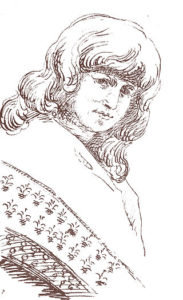 They were still living together in 1806, unmarried and with children, when some of Napoleon’s French soldiers — who were drunk — broke into their home in Weimer one evening. Goethe was terrified, but Christiane started shouting at the soldiers, fending them off in hand-to-hand combat, and protecting the bewildered man of the house. After a prolonged skirmish, she pushed them out of the house and barricaded the kitchen and the cellar so the soldiers could not try to steal any more of their food. Grateful to the brave and steadfast woman who had saved his life and home, Goethe went down to a church the very next day and married her, his live-in girlfriend of 18 years.
They were still living together in 1806, unmarried and with children, when some of Napoleon’s French soldiers — who were drunk — broke into their home in Weimer one evening. Goethe was terrified, but Christiane started shouting at the soldiers, fending them off in hand-to-hand combat, and protecting the bewildered man of the house. After a prolonged skirmish, she pushed them out of the house and barricaded the kitchen and the cellar so the soldiers could not try to steal any more of their food. Grateful to the brave and steadfast woman who had saved his life and home, Goethe went down to a church the very next day and married her, his live-in girlfriend of 18 years.
| Sir Edward Burne-Jones |
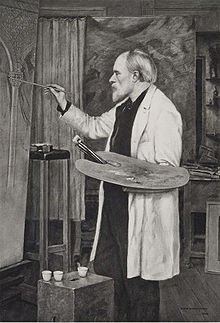
Photogravure of a portrait by his son Philip Burne-Jones, 1898
|
|
|
Today is the birthday of Edward Burne-Jones (Edward Burne-Jones; Birminham, England 28 August 1833 – 17 June 1898 London); artist and designer closely associated with the later phase of the Pre-Raphaelite movement, who worked closely with William Morris on a wide range of decorative arts as a founding partner in Morris, Marshall, Faulkner & Co. Burne-Jones was closely involved in the rejuvenation of the tradition of stained glass art in Britain; his stained-glass include windows in St. Philip’s Cathedral, Birmingham, St Martin in the Bull Ring, Birmingham, Holy Trinity Church, Sloane Square, Chelsea, St Peter and St Paul parish church in Cromer, St Martin’s Church in Brampton, Cumbria (the church designed by Philip Webb), St Michael’s Church, Brighton, All Saints, Jesus Lane, Cambridge, St Edmund Hall and Christ Church, two colleges of the University of Oxford. His stained glass works also feature in St. Anne’s Church, Brown Edge, Staffordshire Moorlands and St.Edward the Confessor church at Cheddleton Staffordshire. Burne-Jones’s early paintings show the heavy inspiration of Dante Gabriel Rossetti, but by the 1860s Burne-Jones was discovering his own artistic “voice”. In 1877, he was persuaded to show eight oil paintings at the Grosvenor Gallery(a new rival to the Royal Academy). These included The Beguiling of Merlin. The timing was right, and he was taken up as a herald and star of the new Aesthetic Movement.
In addition to painting and stained glass, Burne-Jones worked in a variety of crafts; including designing ceramic tiles, jewellery, tapestries, and mosaics.
In 1856 Burne-Jones became engaged to Georgiana “Georgie” MacDonald (1840–1920), one of the MacDonald sisters. She was training to be a painter.
Gallery
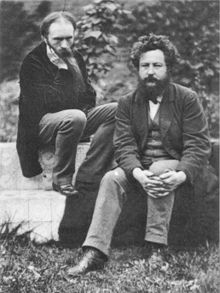
Burne-Jones with William Morris, 1874, by Frederick Hollyer
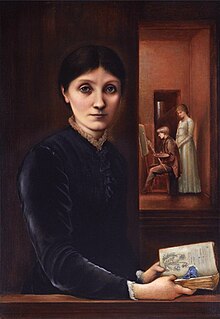
Portrait of Georgiana Burne-Jones, with Philip and Margaret, 1883

Margaret, daughter of Burne-Jones

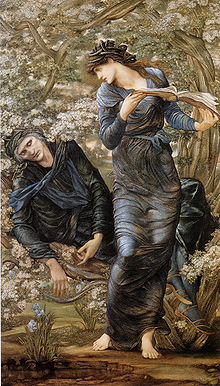
The Beguiling of Merlin, 1874

King Cophetua and the Beggar Maid, 1884, currently in the Tate Gallery, London.

The last sleep of Arthur at Museo de Arte de Ponce, Ponce, Puerto Rico
-
The Knight’s Farewell, 1858, pen-and-ink on vellum, 1858
-
Going to the Battle, pen-and-ink with gray wash on vellum, 1858
-
King Sigurd, woodcut engraving by the Dalziel Bros. after a pen-and-ink drawing, 1862
-
Portrait of Ignacy Jan Paderewski, 1892
-
The Princess Sabra Led to the Dragon, 1866
-
Portrait of Maria Zambaco, 1870
-
Phyllis and Demophoön, 1870
-

-
The Heart Desires, 1868–70
-
The Hand Refrains, 1868–1870
-
The Godhead Fires, 1868–70
-
The Soul Attains, 1868–70
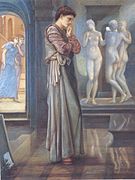

-
-
-
-
-
An Angel Playing a Flageolet – Sudley House, Liverpool, England
-
The Briar Wood, completed 1890
-
The Council Chamber, 1890
-
-

-
The Doom Fulfilled, 1888 (Perseus Cycle 7)
-
The Baleful Head, 1887 (Perseus Cycle 8)
-
The Star of Bethlehem, 1890
-
-
Love Among the Ruins, 1894 recreation in oils
-
The Last Sleep of Arthur in Avalon1881–1898
-
-
Edward Burne-Jones, c. 1882 (Hollyer)
-
Georgiana Burne-Jones, c. 1882 (Hollyer)
-
Burne-Jones’s garden studio at the Grange, 1887 (Hollyer)
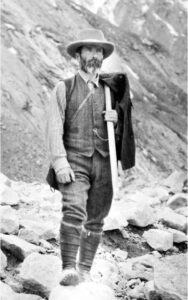 Today is the birthday of Vittorio Sella (Biella, Kingdom of Sardinia; 28 August 1859 – 12 August 1943 Biella, Kingdom of Italy); photographer and mountaineer, who took photographs of mountains which are regarded as some of the finest ever made.
Today is the birthday of Vittorio Sella (Biella, Kingdom of Sardinia; 28 August 1859 – 12 August 1943 Biella, Kingdom of Italy); photographer and mountaineer, who took photographs of mountains which are regarded as some of the finest ever made.
Sella was born in the foothills of the Alps and acquired his interest in Alpinism from his uncle, Quintino Sella. He made a number of significant climbs in the Alps, including the first winter ascents of the Matterhorn and Monte Rosa,[4] and the first winter traverse of Mont Blanc. He took part in several expeditions further afield, including three to the Caucasus (where a peak now bears his name), to Mount Saint Elias in Alaska, to the Rwenzori in Africa, and the 1909 expedition to K2 and the Karakoram. The latter three expeditions were in the company of Luigi Amedeo, Duke of the Abruzzi. Sella continued to climb into his old age, and made his last attempt on the Matterhorn at seventy six. The attempt failed when one of his guides was injured in an accident.
Gallery
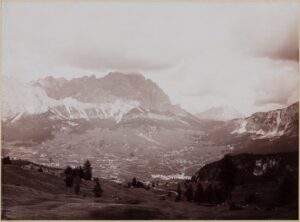
Village et Mte. Cristallo, c. 1880
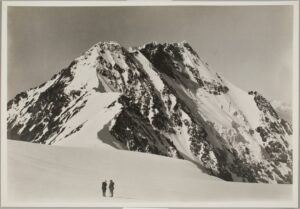
Mt. Tepli, Central Caucasus, c. 1890
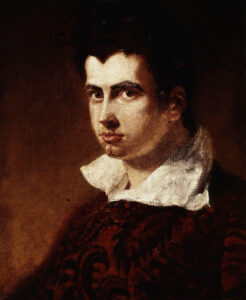 And it was on this day in 1859 that English poet Leigh Hunt died in London.
And it was on this day in 1859 that English poet Leigh Hunt died in London.
Ariadne Waking
The moist and quiet morn was scarcely breaking,
When Ariadne in her bower was waking;
Her eyelids still were closing, and she heard
But indistinctly yet a little bird,
That in the leaves o’erhead, waiting the sun,
Seemed answering another distant one.
She waked, but stirred not, only just to please
Her pillow-nestling cheek; while the full seas,
The birds, the leaves, the lulling love o’ernight
The happy thought of the returning light,
The sweet, self-willed content, conspired to keep
Her senses lingering in the feel of sleep;
And with a little smile she seemed to say,
“I know my love is near me, and ’tis day”.
One of my favorite memories of all is the memory of our first kiss.
Jenny Kissed Me
Jenny kissed me when we met,
Jumping from the chair she sat in;
Time, you thief, who love to get
Sweets into your list, put that in!
Say I’m weary, say I’m sad,
Say that health and wealth have missed me,
Say I’m growing old, but add,
Jenny kissed me.
The Song of the day is The Derailers – “Then She Kissed Me”
She Kissed Me
She would awaken,
with dawn barely breakin’,
lullin’ from overnight lovin’
Sweet contentment would conspire
to keep her lingerin’ at the edge of sleep.
Then, a little smile that seemed to say,
‘My love is near and it is day
and time to love again’
Then she would kiss me
Whatever else happened,
no matter what came
it mattered not
She kissed me
© copyright 2012 mac tag/Cowboy Coleridge all rights reserved
Mac Tag
Do you wish to roam farther & farther?
See! The Good lies so near.
Only learn to seize good fortune,
For good fortune’s always here.
– Goethe
Who wants to understand the poem
Must go to the land of poetry;
Who wishes to understand the poet
Must go to the poet’s land.
– Goethe
A peevish self-will’d harlotry it is. – Shakespeare
One ought, every day at least, to hear a little song, read a good poem, see a fine picture, and if it were possible, to speak a few reasonable words. – Goethe

Continue reading
ariadne waking, cowboy coleridge, Edward Burne-Jones, goethe, jenny kissed me, leigh hunt, love letter, love poem, love song, muse, poem of the day, shakespeare, song of the day, the derailers, the lovers almanac, the lovers chronicle, then she kissed me, Zazie





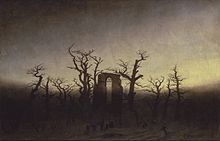
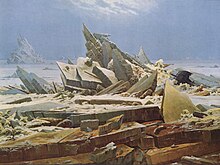
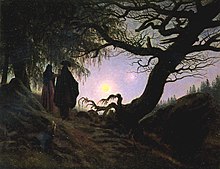
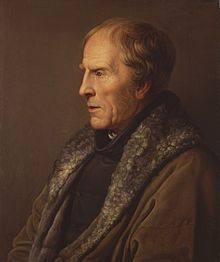


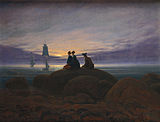



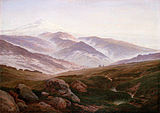


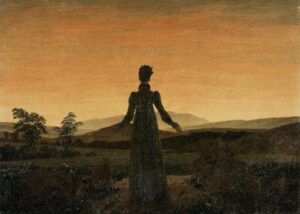
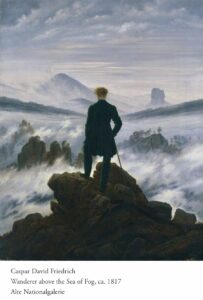



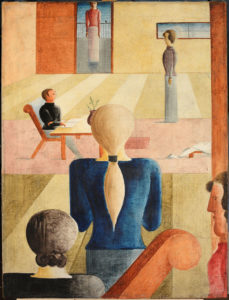
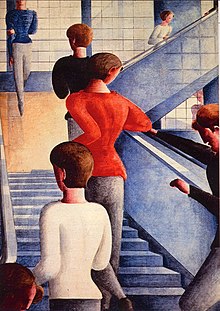
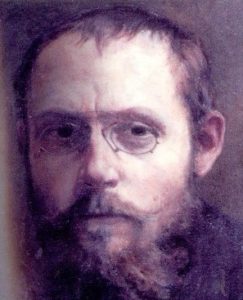 It was on this day in 1914 that French poet Charles Péguy died in Villeroy, France. In 1897, at age 24, Péguy married Charlotte-Françoise Baudoin. They had one daughter and three sons, one of whom was born after Péguy’s death. Around 1910 he fell deeply in love with Blanche Raphael, a young Jewish friend, however he was faithful to his wife. My friend Jett is in that situation. He is married with kids but he loves another. The only reason he stays with his wife is because of the kids.
It was on this day in 1914 that French poet Charles Péguy died in Villeroy, France. In 1897, at age 24, Péguy married Charlotte-Françoise Baudoin. They had one daughter and three sons, one of whom was born after Péguy’s death. Around 1910 he fell deeply in love with Blanche Raphael, a young Jewish friend, however he was faithful to his wife. My friend Jett is in that situation. He is married with kids but he loves another. The only reason he stays with his wife is because of the kids.

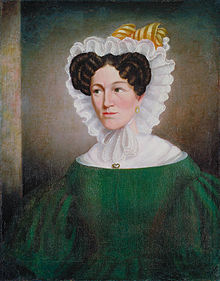




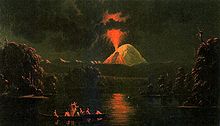



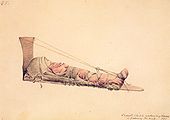





 nothin’ ain’t worth nothin’
nothin’ ain’t worth nothin’
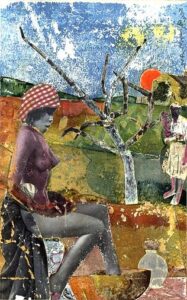
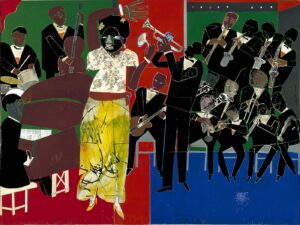

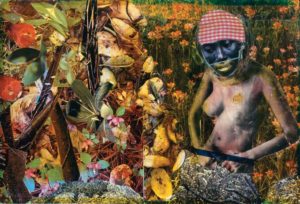
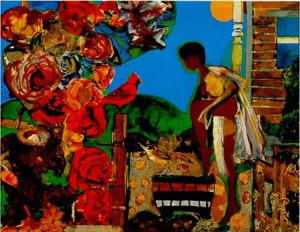
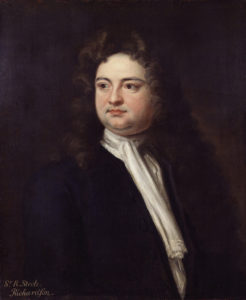 On this day in 1707 Irish writer Richard Steele sat in St. James Coffee House in London and wrote a love letter to Mary Scurlock, whom he wanted to marry.
On this day in 1707 Irish writer Richard Steele sat in St. James Coffee House in London and wrote a love letter to Mary Scurlock, whom he wanted to marry.
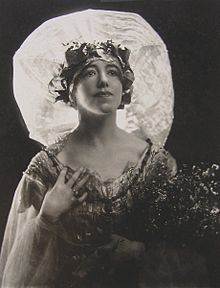
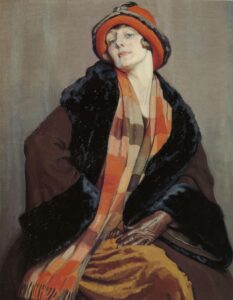
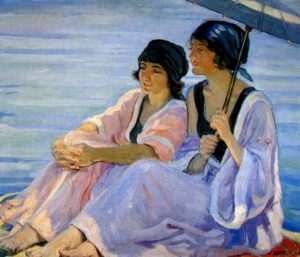
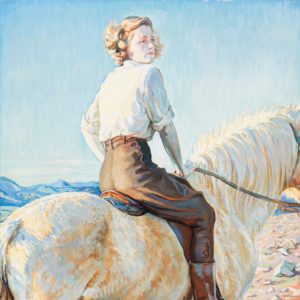




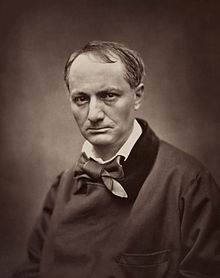 It was on this day in 1867, French poet Charles Baudelaire died in Paris. Baudelaire’s muse was Jeanne Duval (c.1820 – 1862) a Haitian-born actress and dancer of mixed French and black African ancestry. They met in 1842, when Duval left Haiti for France. They remained together, albeit stormily, for the next two decades. Duval is said to have been the woman whom Baudelaire loved most in his life. Poems of Baudelaire’s which are dedicated to Duval or pay her homage are: Le balcon, Parfum exotique, La chevelure, Sed non satiata, Le serpent qui danse, and Une charogne. Baudelaire called her “mistress of mistresses” and his “Vénus Noire” (“Black Venus”), and it is believed that, to him, Duval symbolized the dangerous beauty, sexuality, and mystery of a Creole woman in mid-nineteenth century France. Here is the Poem of the Day by Baudelaire (translation by Edna St. Vincent Millay):
It was on this day in 1867, French poet Charles Baudelaire died in Paris. Baudelaire’s muse was Jeanne Duval (c.1820 – 1862) a Haitian-born actress and dancer of mixed French and black African ancestry. They met in 1842, when Duval left Haiti for France. They remained together, albeit stormily, for the next two decades. Duval is said to have been the woman whom Baudelaire loved most in his life. Poems of Baudelaire’s which are dedicated to Duval or pay her homage are: Le balcon, Parfum exotique, La chevelure, Sed non satiata, Le serpent qui danse, and Une charogne. Baudelaire called her “mistress of mistresses” and his “Vénus Noire” (“Black Venus”), and it is believed that, to him, Duval symbolized the dangerous beauty, sexuality, and mystery of a Creole woman in mid-nineteenth century France. Here is the Poem of the Day by Baudelaire (translation by Edna St. Vincent Millay):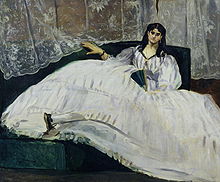
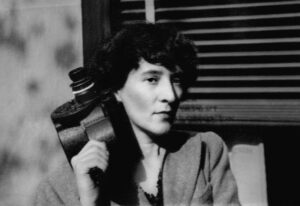 Today is the birthday of Helen Levitt (Brooklyn; August 31, 1913 – March 29, 2009)
Today is the birthday of Helen Levitt (Brooklyn; August 31, 1913 – March 29, 2009)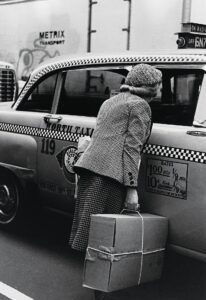

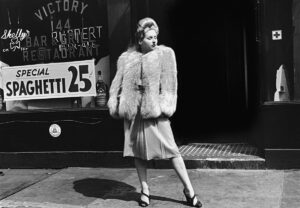

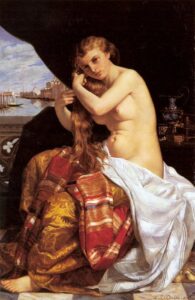

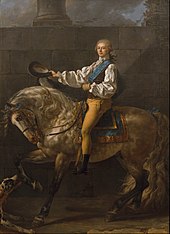

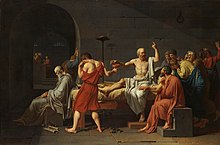


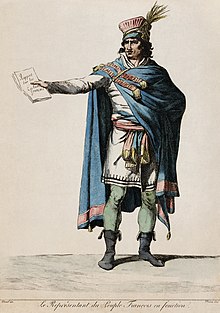
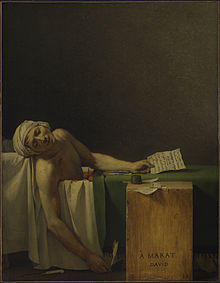





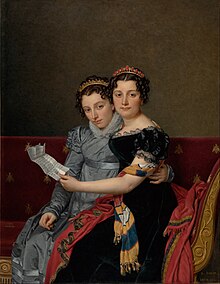
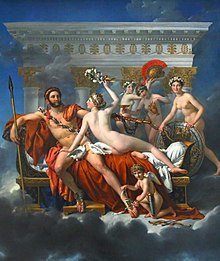

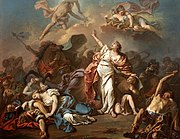


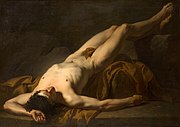

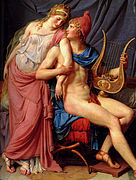
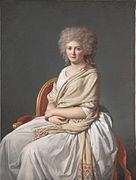
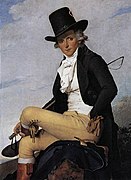
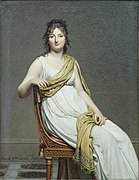





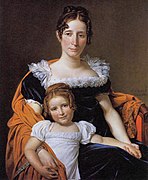

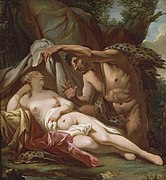
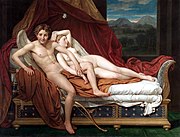


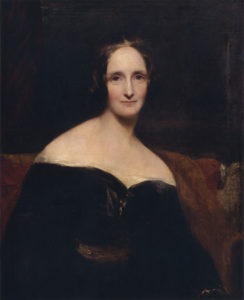

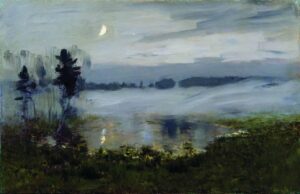
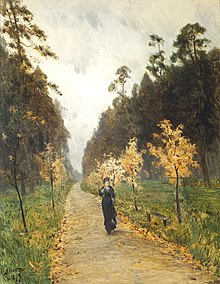

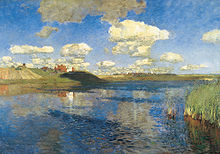
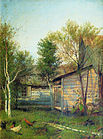
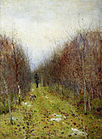



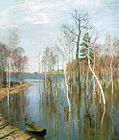










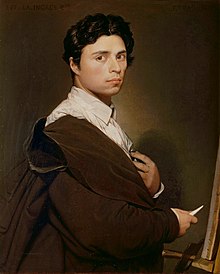



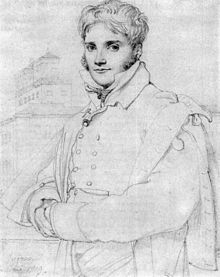
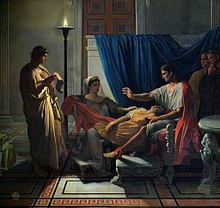

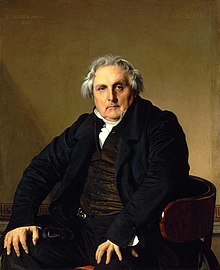




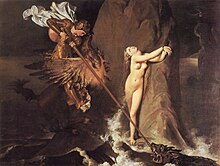



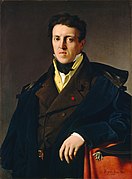


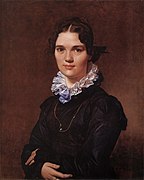


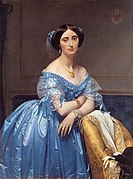



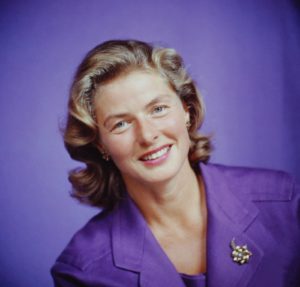
 Today is the birthday of the father of German literature, Johann Wolfgang von Goethe, born in Frankfurt (1749), the author of the epic drama Faust. He moved to Italy in 1786, and when he returned to Germany in 1788, he fell in love with a woman from Weimar, Christiane Vulpius, a 23-year-old who was 16 years his junior. That year, he wrote her an epithalamium, a specific type of poem written for a bride on the way to the marital chamber. But he did not actually marry her; instead, the couple lived together for 18 years unwed.0
Today is the birthday of the father of German literature, Johann Wolfgang von Goethe, born in Frankfurt (1749), the author of the epic drama Faust. He moved to Italy in 1786, and when he returned to Germany in 1788, he fell in love with a woman from Weimar, Christiane Vulpius, a 23-year-old who was 16 years his junior. That year, he wrote her an epithalamium, a specific type of poem written for a bride on the way to the marital chamber. But he did not actually marry her; instead, the couple lived together for 18 years unwed.0 They were still living together in 1806, unmarried and with children, when some of Napoleon’s French soldiers — who were drunk — broke into their home in Weimer one evening. Goethe was terrified, but Christiane started shouting at the soldiers, fending them off in hand-to-hand combat, and protecting the bewildered man of the house. After a prolonged skirmish, she pushed them out of the house and barricaded the kitchen and the cellar so the soldiers could not try to steal any more of their food. Grateful to the brave and steadfast woman who had saved his life and home, Goethe went down to a church the very next day and married her, his live-in girlfriend of 18 years.
They were still living together in 1806, unmarried and with children, when some of Napoleon’s French soldiers — who were drunk — broke into their home in Weimer one evening. Goethe was terrified, but Christiane started shouting at the soldiers, fending them off in hand-to-hand combat, and protecting the bewildered man of the house. After a prolonged skirmish, she pushed them out of the house and barricaded the kitchen and the cellar so the soldiers could not try to steal any more of their food. Grateful to the brave and steadfast woman who had saved his life and home, Goethe went down to a church the very next day and married her, his live-in girlfriend of 18 years.










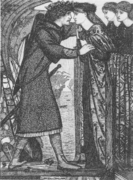
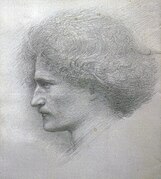

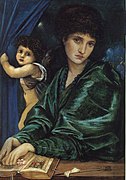





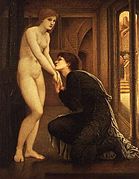


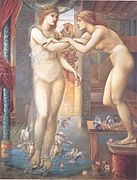











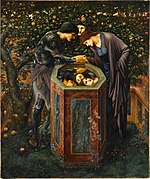
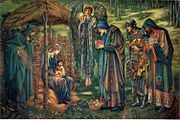






 Today is the birthday of Vittorio Sella (Biella, Kingdom of Sardinia; 28 August 1859 – 12 August 1943 Biella, Kingdom of Italy); photographer and mountaineer, who took photographs of mountains which are regarded as some of the finest ever made.
Today is the birthday of Vittorio Sella (Biella, Kingdom of Sardinia; 28 August 1859 – 12 August 1943 Biella, Kingdom of Italy); photographer and mountaineer, who took photographs of mountains which are regarded as some of the finest ever made.

 And it was on this day in 1859 that English poet Leigh Hunt died in London.
And it was on this day in 1859 that English poet Leigh Hunt died in London.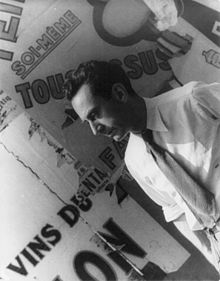
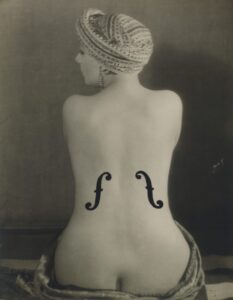
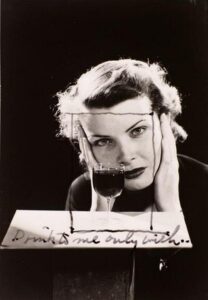

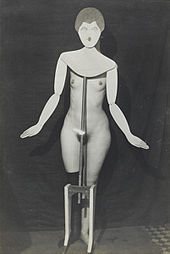


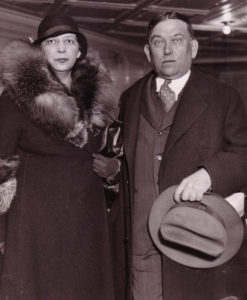 On this day in 1930, one of America’s most eligible bachelors got married. Journalist H.L. Mencken, almost 50, had never before been married. He was a man who made fun of romance and who called marriage “the end of hope.” My friend Jett loves that quote, though he keeps gettin’ married, and Rhett believes it is so. So Mencken shocked America when he tied the knot on this day. The bride, his girlfriend of seven years: Sara Haardt, of Montgomery, Alabama, an English professor, suffragist, and fellow writer. She died of meningitis just five years after marryin’ Mencken. Mencken was grief-stricken and never remarried.
On this day in 1930, one of America’s most eligible bachelors got married. Journalist H.L. Mencken, almost 50, had never before been married. He was a man who made fun of romance and who called marriage “the end of hope.” My friend Jett loves that quote, though he keeps gettin’ married, and Rhett believes it is so. So Mencken shocked America when he tied the knot on this day. The bride, his girlfriend of seven years: Sara Haardt, of Montgomery, Alabama, an English professor, suffragist, and fellow writer. She died of meningitis just five years after marryin’ Mencken. Mencken was grief-stricken and never remarried.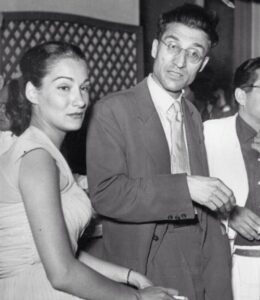 On this day in 1950, Italian poet, writer, Cesare Pavese died from an overdose perhaps due to the failure of a brief love affair with the actress Constance Dowling, to whom his last novel (La luna e i falò, The Moon and the Bonfires (1950)), was dedicated (“For C. The ripeness is all”.) And one of his last poems (“Death will come and she’ll have your eyes”) was dedicated to Dowling.
On this day in 1950, Italian poet, writer, Cesare Pavese died from an overdose perhaps due to the failure of a brief love affair with the actress Constance Dowling, to whom his last novel (La luna e i falò, The Moon and the Bonfires (1950)), was dedicated (“For C. The ripeness is all”.) And one of his last poems (“Death will come and she’ll have your eyes”) was dedicated to Dowling.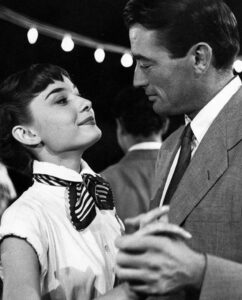 And on this day in 1953, William Wyler‘s film,
And on this day in 1953, William Wyler‘s film, 
